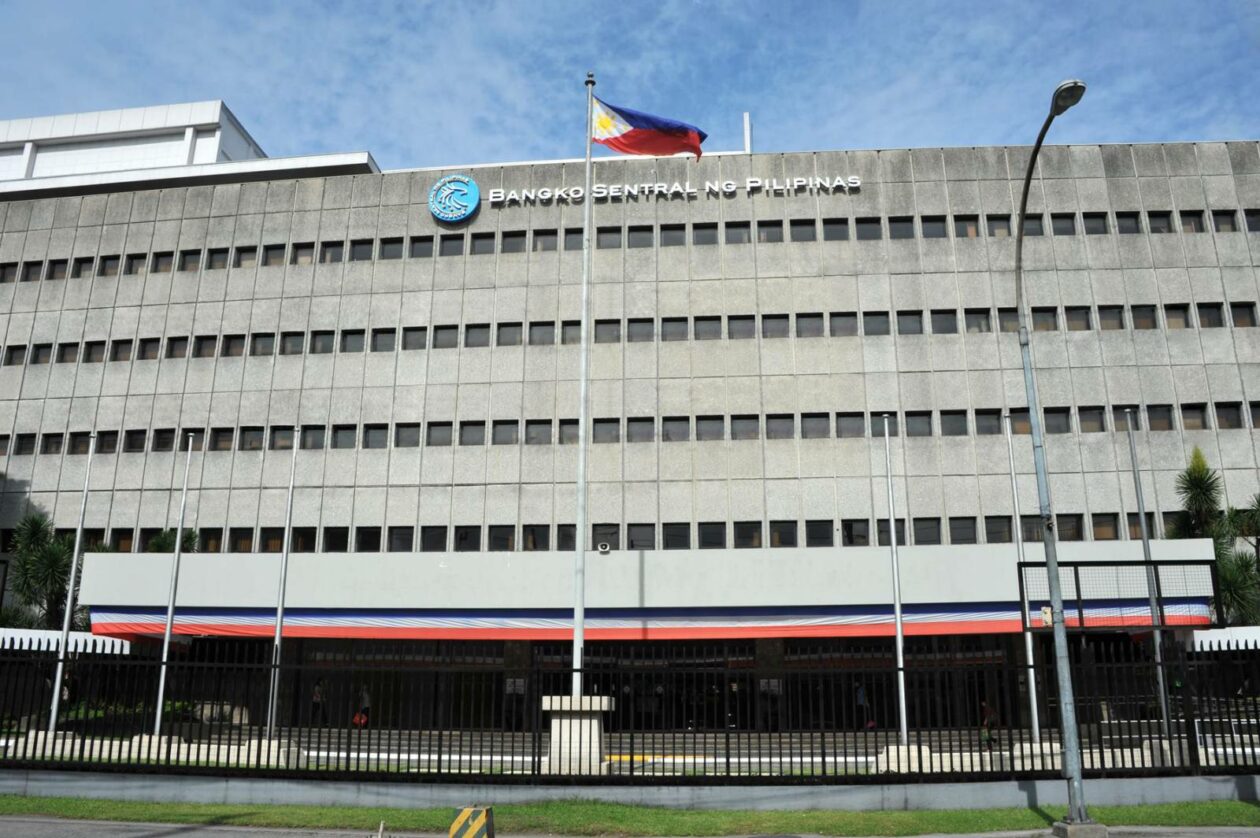Stablecoins, a cryptocurrency backed by real-world assets such as the U.S. dollar, can improve payment and remittance for a country that is heavily reliant on remittances from millions of overseas Filipino workers, according to Mhel Plabasan, director of technology risk and innovation supervision department at BSP.
He was speaking in the panel discussion at Forkast’s “Crypto Rising: CBDCs & Stablecoins: The Asia Perspective” live stream, co-hosted by the Crypto Council for Innovation.
“We have seen it really has the potential to revolutionize both domestic and cross-border payment more affordable, faster, and even the possibility of using stablecoins to make cross-border remittance efficient,” Plabasan said.
The BSP has recently completed testing the use of stablecoins as a mode of payment in the Philippines.
See related story: Philippine central bank governor says no plan to ban crypto
A recent report by blockchain data platform Chainalysis revealed that the Philippines ranked second worldwide in terms of crypto adoption, just after Vietnam.
With most Filipinos adapting to the use of digital currencies and assets, Plabasan recognized the need for the government to work with the private sector to ensure that the country will have the best-fit regulation in place.
“We’ve been collaborating with the private sector because at the end of the day if we talk about new technology, we cannot actually regulate what we don’t understand,” he said. “That’s why it’s important for us to constantly engage the private sector [and] we learn together. We are part of the journey to get to improving digital payments using stablecoins.”
See related story: Philippines central bank to trial wholesale CBDC
Plabasan shared that while the central bank is working to pilot its central bank digital currency called Project CBDCPh in the last quarter of this year, they have allowed six digital banks to operate in the country in hopes that it will reduce the number of unbanked Filipinos that currently stands at some 70% of the population.
“We are looking at open finance to further drive digital payments. We granted licenses to six digital banks. So there are a lot of initiatives right now to digitize payment in the Philippines, not necessarily related to the CBDC.”
See related story: Philippines central bank approves two more digital banks





